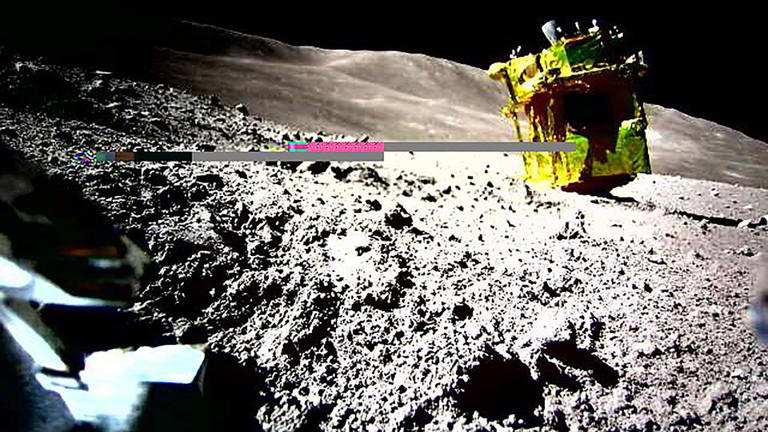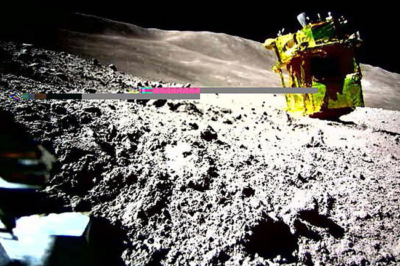
- ISRO’s Chandrayaan-3 recorded unexpected high temperatures at the Moon’s south pole.
- Findings suggest water-ice deposits could be hidden in certain slopes, crucial for future space missions.
- The study bridges a knowledge gap, aiding human exploration and potential Moon habitation.
Why are these new discoveries important?
Chandrayaan-3’s Vikram lander has delivered groundbreaking insights about the Moon’s south pole, an area previously unexplored in such depth. Using the Chandra’s Surface Thermophysical Experiment (ChaSTE), ISRO scientists measured temperatures directly from the lunar soil. They found that the surface temperature can reach 82°C (355K), which is 25K higher than previously estimated.
This discovery is significant because the Moon’s thermal conditions directly influence the presence of water-ice. Scientists have long suspected that water-ice exists in shaded regions, and these new insights help pinpoint ideal locations for future exploration. The study suggests that poleward-facing slopes with angles exceeding 14° are the best spots to find water-ice, which could be a game-changer for future lunar missions.
How does this impact future Moon exploration?
ISRO’s findings bridge a critical knowledge gap left by past missions like Apollo 15 and 17, which only studied the Moon’s equatorial regions. By analyzing the south pole’s temperature patterns, scientists can now better understand how small geographical changes impact the Moon’s climate.
More importantly, this research opens the door to new possibilities for human settlement on the Moon. If water-ice can be extracted, it could support astronauts with drinking water, oxygen, and even rocket fuel. With ISRO’s continuous advancements, these findings bring humanity one step closer to making lunar habitation a reality!








































Leave a Reply